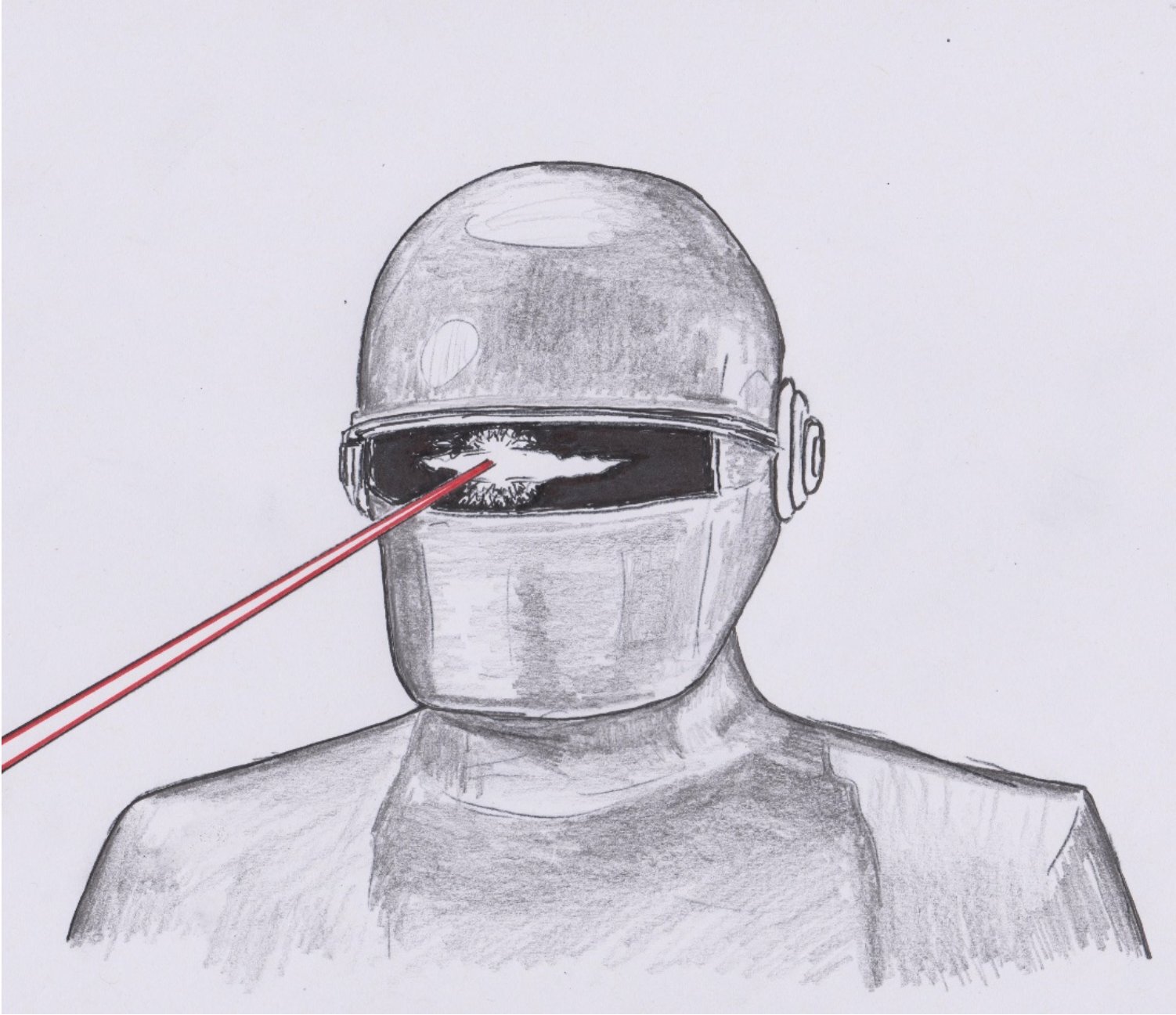Robotics
“It's very dangerous to put astronauts on a moon base where there's radiation, solar flares and micro meteorites. It'd be much better to put robots on the moon and have them mentally connected to astronauts on the Earth.”
- Michio Kaku
There was some discussion above of robotics – particularly in terms of capabilities that could arise from combining robotics with AI. The kinds of developments we might expect to see in the next few decades could offer great opportunities for implementing labour-saving systems – and this is certainly commendable and should provide many societal benefits. However, most of the systems that are likely to emerge in the near future are essentially comprised of ‘smart automation’. In other words, they would consist of automation generally similar to what has existed in the recent past, but with the significant difference of being able to accommodate the substantial variations that we see in practice in the world around us.
Looking beyond this to the farther future, what developments might we expect to see? The main one would be that the task-specific automation will give way to the general-purpose robot
– and this is an exciting development indeed.
The promise of Hollywood
“Hollywood is not only a geographical place on the map of the world, but an idea and frame of mind. There is something that happens in a Hollywood studio that evokes brilliance, serendipity, and nostalgia all at once.”
- Tommy Dangcil
As a prelude to considering what robots might look like in the far future, let’s first discuss how robots have been depicted in visual media. To begin, at the beginning (as Dylan Thomas expressed it), perhaps we should mention Fritz Lang's 1927 film Metropolis
. I have spoken to quite a few people who are critical of this film and H. G.
Wells described it as silly; it does, however, contain many special effects that are impressive for the time and ground-breaking. Chief among these is the Maschinenmensch
(German for "machine-person"), which is played by actress Brigitte Helm in a rather striking robot costume. The latter, which was created by sculptor Walter Schulze-Mittendorff from a whole-body plaster cast of Helm, certainly does look very metallic, and I would say it has the appearance of being both highly futuristic and aesthetic.
But does the film say much about what robots could actually do? Perhaps not. When watching it, I noticed that the workers were employed doing very simple and repetitive tasks, while at the same time the robot was obviously the product of a very advanced technology. So, perhaps this speaks of a civilisation that has vast and astonishing gaps in its technological development – either that or Fritz Lang didn’t know much about technology.
Perhaps I should not have begun at the beginning, since the first film featuring a robot that really engaged me was The Day the Earth Stood Still
. (I mean, of course, the 1951 picture with Michael Rennie and Patricia Neal, not the 2008 re-make; why would anyone want to re-make something that is already just about perfect?) What a great film; and as for ‘Gort’ - what a robot! What with Gort’s disintegrator ray and Klaatu’s warning that Gort is so powerful that it could “easily destroy the Earth and possesses limitless potential”, the whole robot depiction is impressive and terrific (in more than one sense of the word). All I can say is: "Klaatu barada nikto!"
The robot Gort from the film
The Day the Earth Stood Still
, fires its laser weapon. (Drawing by the author.)
Another robot that impressed me even more than Gort was, of course, Robby. Is Forbidden Planet
the best science fiction film ever made? If not, then it is certainly, as far as I am concerned, one of the best. The plot of this film is based on Shakespeare’s The Tempest
and the Prospero figure is a philologist called Dr Morbius. At one point, Morbius mentions that Robby’s strength is sufficient to “quite easily topple this house off its foundation”. Morbius also mentions that he ‘tinkered’ Robbie together during a couple of weeks – how did Morbius, a philologist, manage that? He subsequently explains how he got a ‘brain boost’ in the lab of a previous advanced civilisation (later in the film Doc Ostrow tries the brain boost himself but,
unfortunately, only has time to say “You ought to see my new mind, up there in lights…” before expiring).
Robby was, in fact, constructed by MGM’s art and prop departments and they certainly achieved an impressive result – the first robot in cinema that did not look like an actor in a tin can or some kind of suit. In fact, Robby was one of the most expensive single film props ever created up to that time - representing 7% of the film's total budget. Robby the Robot ultimately became something of a science fiction legend and even a well-loved figure in popular culture – appearing in around 30 films and various TV shows. The latter included a Season 5 episode of Rod Serling’s Twilight Zone
- which was also filmed at MGM Studios.

